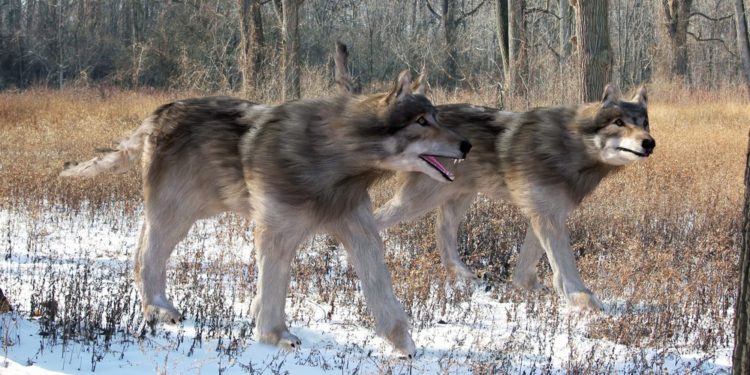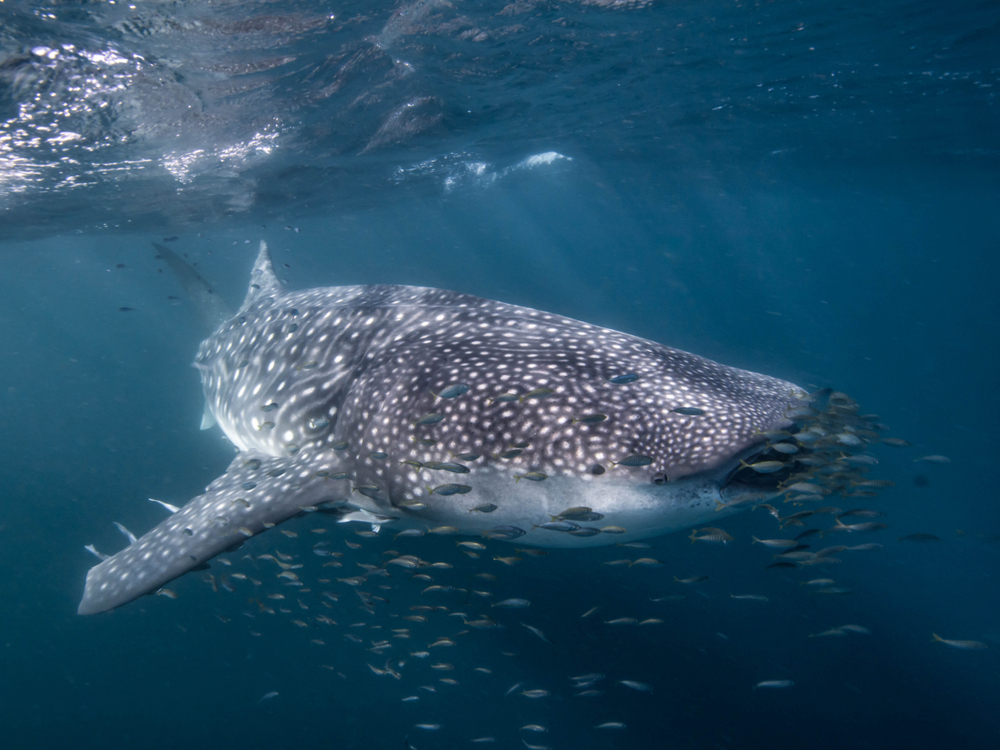Over 13,000 years ago, as the Pleistocene was nearing its end, and the earth was escaping its latest Ice Age, a truly unique wolf-like species roamed the Americas. After flourishing for over 250,000 years, the dire wolf would face its end. It would disappear, go extinct, leaving the Earth with one less fascinating treasure. Centuries later, it would entrap the imaginations of an entirely different species, humans. The world of the dire Wolf opens up to us through new scientific studies combined with research spanning decades.
The dire wolf’s world
Massive glacier expansion in the northern hemisphere characterized the Pleistocene. Unlike depictions of the dire wolf in the famed television blockbuster series Game of Thrones, dire wolves were not super large predators that roamed the snowy tundra of the north. These predators were slightly larger than today’s gray wolf. They found refuge, along with a variety of other predators and prey in more temperate, or even tropical climates. Most of the fossils we have today of the ancient dire wolf come from the La Brea Tar Pits in Los Angeles.
Dire wolf DNA
The seemingly obvious relationship between today’s gray wolf and the dire wolf has lasted for over a century. It was believed that the two species were so closely related that we might think of them as brothers, or at least cousins. When the gray wolf crossed into the Americas from Asia, around 250,000 years ago, the dire wolf had already evolved and expanded into the western biosphere. A new scientific paper, published in Nature in January 2021, shows that the dire wolf evolved independently of the gray wolf and other canine predators. Researchers assumed their study would prove what had been believed to be correct about dire wolves for over one hundred and fifty years. The common belief that they were close relatives of the modern gray wolf turned out to be not so. The nearly opposite was discovered. Studying the DNA of dire wolf fossils shows that they are in fact a very unique, and previously unknown lineage of canine that split from modern canine evolution around 5.7 million years ago. It had evolved separate from the gray wolf, jackals, coyotes, and wild dogs. The evidence points to the fact that the dire wolf did not interbreed with the gray wolf, a common assumption. Its isolation on the American continents brought about such an evolved biological uniqueness that when the dire wolf and gray wolf met it would have been impossible for interbreeding to take place.
Life of the dire wolf
During the ice age, many species sought refuge from the unforgiving winter of the north. More temperate climates invited predator and prey into close proximity throughout the American Southwest, into Central America, and further to South America. The dire wolf competed for prey with the such monstrously famous creatures as the Smilodon (also known as the Saber-tooth Tiger), the American lion, the giant short-faced bear, and the American cheetah. Believed to have lived in packs, the dire wolf might also have had monogamous relationships. It most likely was a rabid scavenger as much as it was a vicious predator.
Earth’s dire loss
Temperate climates expanded on the continents with the end of the ice age. The new climate led to large die-offs of the dire wolf’s prey. Other predators of our ancient past were also lost due to this change. While some species were able to use their abilities to adapt to the new world, the dire wolf did not. Though we are left with modern wolves and other wolf-like species around the world, the uniqueness of the dire wolf is forever lost.







